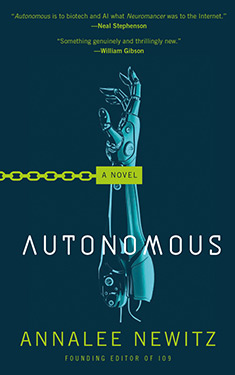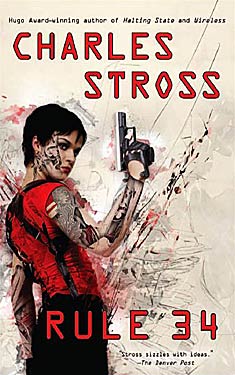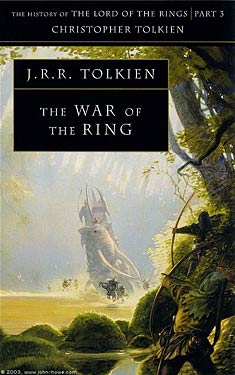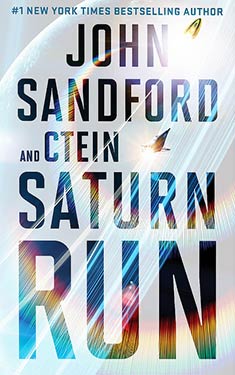Kameron
Hurley
Completed 7/21/2019,
Reviewed 7/22/2019
4 stars
I was really
surprised by this book. It had just the
right amount of plot progression, character development, and action to make it
a fast-paced, exciting read. It’s about
a planet with an Islam-like religion.
This is a big difference from your run of the mill science fiction or
fantasy where you have a very European-like world with a Pagan-like pantheon,
or even something that resembles Christianity.
Two nations with some differences in their interpretation of their holy
text are at war for so long, no one remembers the cause. It makes for some terrific world building and
characters. I really enjoyed this book
and was able to read it in two days while recovering from a slight back
injury. It was nominated for a slew of
awards, including the Nebula and the Gaylactic Spectrum Awards.
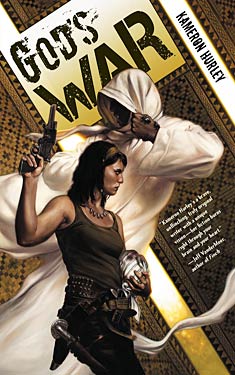 I’ve
described the setting. Now for the
plot. Nyx used to be a sister of the Bel
Dames, a group of women who hunt down and assassinate deserters from the war in
one of the previously referenced countries.
Now she’s a bounty hunter, taking any job she can get. Of course, she has enemies, including some of
the Bel Dames, and Raine, a bounty hunter under whom she originally
worked. Out of the blue, she’s called
for a job by the Queen. Her task is to
recover a missing alien who holds the secret to a possible end of the war. But the job is not easy, between her enemies,
the scorching desert, and the mutated insects.
I’ve
described the setting. Now for the
plot. Nyx used to be a sister of the Bel
Dames, a group of women who hunt down and assassinate deserters from the war in
one of the previously referenced countries.
Now she’s a bounty hunter, taking any job she can get. Of course, she has enemies, including some of
the Bel Dames, and Raine, a bounty hunter under whom she originally
worked. Out of the blue, she’s called
for a job by the Queen. Her task is to
recover a missing alien who holds the secret to a possible end of the war. But the job is not easy, between her enemies,
the scorching desert, and the mutated insects.
Yes, I said
mutated insects and they are controlled by magicians. Nyx has a team put together, including her
own wizard Rhys, but he’s not very good and he’s a deserter from the other side
to boot. Rhys can sometimes control
these insects, making wasps or giant cockroaches swarm. There are also giant carnivorous centipedes
and beetles that squirt acid. There are
some that are tame, like lightning bugs which power lamps, other insects that
run cars, and yet others that are used in the healing arts. It’s not really discussed how these insects
came to be, but they round out this harsh and unique world that Nyx and Rhys
inhabit.
The
characters are pretty well drawn. Nyx,
being the main character, is the most fleshed out. In her country, women run just about
everything, since all the men go to war when they’re young and most don’t make
it out alive. Even in her land, Nyx stands
out as a rough and tumble, self-made, bisexual woman. She was also a boxer, a sport for women in this
female dominated society. The rest of
the team is also well drawn. The only
cardboard characters are the villains, but they are deliciously evil. Rhys provides an interesting juxtaposition to
Nyx, being much more religiously conservative, as his whole nation is compared
to Nyx's.
This book is
the first in a series, though it comes to satisfying conclusion. I don’t know if I’ll get around to reading
the rest of the series any time soon, but I would be open to it. I give this book four out of five stars. The world building is pretty unique and the
plot moves along at a good pace. I would
recommend this book to someone who is looking for something a little different
from the usual science fiction/fantasy adventure. Sure, the whole assassin or bounty hunter
thing has been done before, but not in quite this pseudo-Middle East setting.
